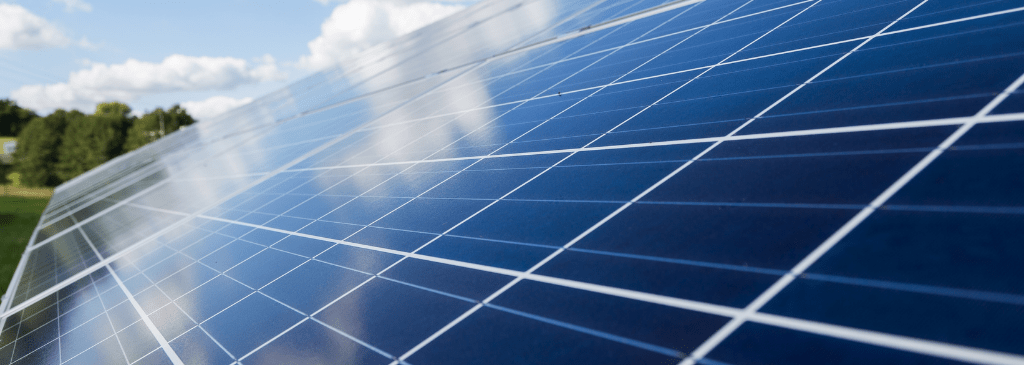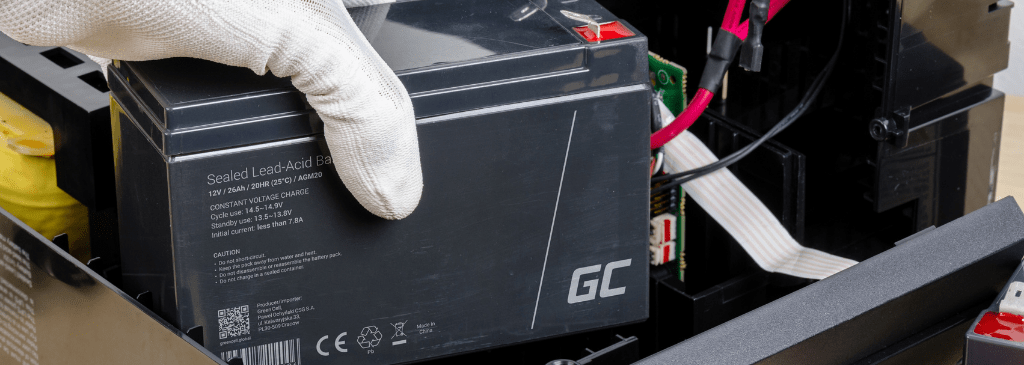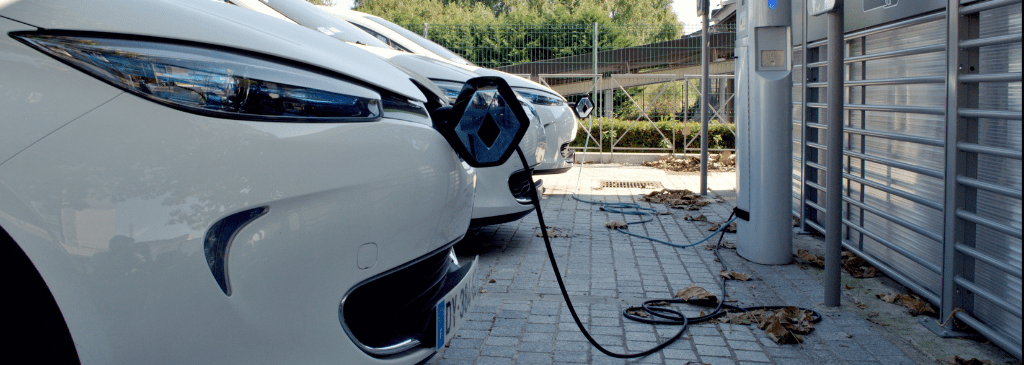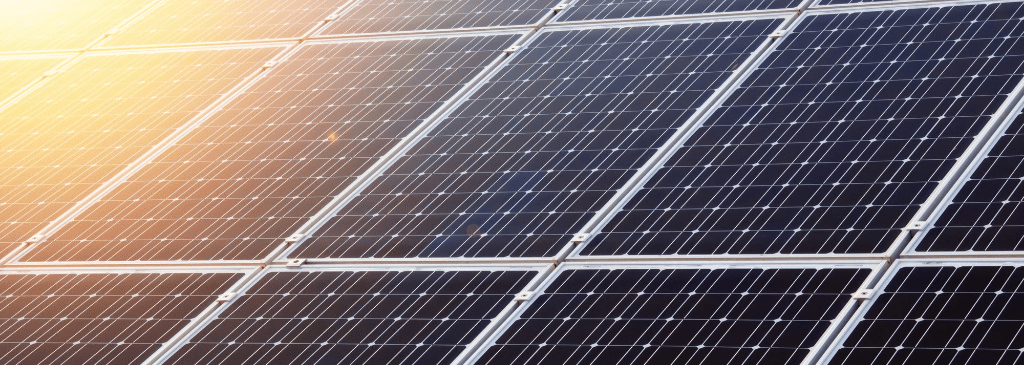The increasing challenges faced by the energy sector create a need to develop, among other things, efficient energy storage systems. What exactly are energy storage solutions and what are they really for? Let us look at this issue in more depth.
Here is what you are going to learn from this article:
-
what an energy storage solution is and what it is used for
-
and what the types of energy storage solutions are
What is an energy storage solution and what is it used for?
An electricity storage solution is defined as an installation or device which allows for the storage of electricity and its introduction into a power grid. In other words, it is a system which collects our electricity and allows to manage it, e.g. within a household or within a company. This solution has gained popularity with the emergence of photovoltaic installations.

In most of cases, surplus energy produced by a PV plant is transferred to a power supply network. Energy storage and possible management within a given area allows for the use of energy resources during the time when the device is not producing energy, e.g. at night.
The system makes it unnecessary to “give back” the surplus of the energy stored to energy companies (which keep up to 20-30% of our resources for themselves) and balance the power supply network. The use of your own energy storage solution therefore allows managing the surplus according to your own needs without incurring any additional costs.
What are the types of energy storage solutions?
There are several types of energy storage systems. There are mechanical, electrical, and electrochemical systems. However, we are most often interested in the more “domestic” energy storage solutions.
The simplest example here is a battery-powered electric energy storage. Its functioning is simple – such systems collect the produced energy just like a power bank. They can use, among others, lead-acid batteries. They are characterized by quite a long lifespan – they can serve even several dozen years, and their energy efficiency ranges from 80 to 90%. It is important to note, however, that the above parameters affect the size of such a solution. Warehouses using lead-acid cells store approx. 30-50 Wh/kg.
More modern solutions using lithium-ion cells are gaining popularity. Such systems are characterised by even more efficiency than in the case of lead-acid batteries: i.e. up to 95%, while their energy density reaches 50-260 Wh/kg. However, these parameters have a significant impact on the price of such a solution: lithium-ion cells are more expensive than lead-acid cells. There is one more noteworthy difference between these technologies: li-ion cells have a limited number of charge and discharge cycles. Usually, it is from 1000 to 10000 – after that time, the cells lose their original capacity.
Another type of energy storage solution is an AGM battery, which are doing a great job, especially in a motorhome, boat, or in a summer cottage. However, their capacity is not enough to fulfil this task in a residential house.


AGM batteries have two operating modes: buffer and cyclic. The buffer operation is based on the use of AGM as an uninterruptible power supply, which is constantly connected to the power supply. This solution is popular mainly among UPS batteries which allow us to safely turn off the equipment, e.g. in the event of a temporary power outage.
The second mode consists in cyclical work. In practice, this means that the cycle discharges the battery and then recharges it (if necessary).
Electric cars as energy storage
Another type of energy storage can be… an electric car. An electric car and photovoltaics are a perfect combination. The cheapest way of charging an electric car is to have your own charger and an adapted photovoltaic system. Powering the car with energy produced by the photovoltaic installation is 100% use of resources and a way to travel for free.


What is more, an electric car can be an energy storage solution not only for its own purposes. Certain models are equipped with the Vehicle to Home function, thanks to which you can use the stored energy also at home. However, this is simply a way of increasing the consumption of energy produced – an electric car will not replace a 100% classic energy storage solution. However, it can be a good alternative and serve as an emergency power source.
As we mentioned at the very beginning, the challenges facing the energy sector are constantly growing. The methods of energy storage presented above will contribute to relieving the network, as well as to efficient and effective energy management within a household.
Related posts
Most viewed entries
- Polish Inventors Who Changed the World – Do You Know Them All?
- The Scariest Myths About Electronic Devices – Halloween 2024
- The history of bicycle – International Bicycle Day
- Electricity in a camper van on holiday – a conundrum easily solve
- Off-grid installation on a plot. Is it worth it?
- Charging your electric car at home without a wallbox

